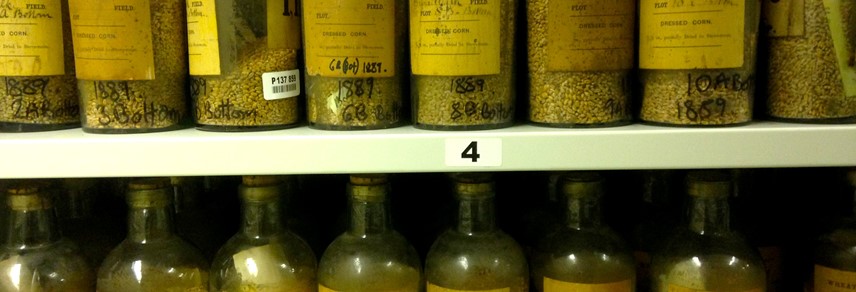
EXPERIMENTATION IN SCIENCE AND PUBLIC RELATIONS
Conference sessions often debate the ‘science of public relations,’ but on Tuesday, a CIPR conference discussed public relations in science, technology, engineering and manufacturing.
STEM requires both journalists and communicators to be adept at understanding complex, technical issues, while still being able to tell a compelling story. Speakers at the CIPR STEM group’s ‘STEM under the microscope,’ event held at Rothamsted Research, examined these challenges from both the PR and journalism perspectives.
The morning session examined issues management in STEM topics with a session on debunking myths and tailoring messages and another on crisis management.
The afternoon covered the requirements of journalists working in STEM fields and featured a case study on the fracking debate as a way to understand changing public opinion through science communications.
The emergence of so-called ‘fake news’ poses a particular challenge for STEM, which often deals in expertise and facts. The Edelman Trust Barometer has documented a decrease in the trust in experts since around the beginning of the 2008 recession. There has been a corresponding increase, says Jason Palmer, editor of the Economist’s Espresso app, in the trust placed in friends and family. For those who do or work in fields related to science, trust is eroding. Additionally, the plethora of sources has a negative impact on understanding. Palmer quotes a study into this, “Contradicting information triggers an ever greater loyalty to previously held beliefs.’
But, for science journalists, there is more freedom than ever before to be creative with stories, yet it’s becoming harder to find opportunities in which to exploit that creativity. The BBC’s science reporter Victoria Gill shared experiences of sourcing, pitching and producing content for the BBC, in all its various incarnations. With science, she says, journalists are charged with explaining complex topics to the public. Thus, experts are important sources.
Finally, Jason Nisse, parter at Newgate Communications, discussed the public relations strategy the fracking industry is building as a means to combatting negative perceptions. Battling false assertions perpetuated by social media, he says, is a real challenge for fracking. The simultaneous lack of trust in experts and the misuse of experts with biased viewpoints has compounded that. The course, he suggests, for those countering perception with scientific fact, is to counter any false assertions in the media, create a wide political coalition and appeal to people on both an emotional and a rational level.
The issues facing STEM business and reporters now are looking to become worse. However, science has a history of swaying public opinion. Nisse points to campaigns like that in favour of nuclear power as success stories in science PR. Additionally, the setting at Rothamsted Research allowed delegates to experience a true science success story. The centre’s foundation relies on founder John Bennet Lawes’ ability to produce and market his groundbreaking fertilizer to a sceptical 19th century public. Over 170 years later, the centre still stands as a testament to British scientific experimentation.
